You’re probably familiar with the common annual weed that grows in dry, disturbed soil called spotted spurge (Euphorbia maculata). This is a close relative, but far more attractive in every respect. While some report it can get weedy, first of all, I probably wouldn’t care because it’s adorable. Second, I doubt it would be anything like its ground-hugging cousin. One of the other common names for this species is “baby’s breath of the prairie.” If you’re familiar with baby’s breath, that should give you a good idea of the effect this evokes in the garden.
Personally I love these flowers more than true baby’s breath’s little pompoms. They remind me of the flower doodles that I think everyone’s done at one point to draw flowers. Or flower confetti. Or vintage flower fabrics (that were made to look modern and minimalist). To me seeing something that at once looked so fake be so real and have an entire shrub covered in it is so fun. Then, once fall comes, the leaves turn a bright red. This is fairly common of Euphorbia I believe, like with Poinsettias (Euphorbia pulcherrima, another close relative). Of course, another thing common among Euphorbiaceae is their toxicity, which is why this is in my MagiK Picks category Aqua Tofana.
Find flowering spurge in the wild
Habitats include black soil prairies, clay prairies, sand prairies, gravel prairies, dolomite prairies, various kinds of hill prairies, openings in rocky upland woodlands, opening in sandy upland woodlands, typical savannas and sandy savannas, thinly wooded bluffs, limestone glades, stabilized sand dunes, roadsides, areas along railroads, mined land, and agricultural land in various stages of abandonment or neglect. Flowering Spurge can be found in either disturbed areas or high quality natural areas. (Source)
Grow flowering spurge in your garden
Plant it somewhere that will be well drained. It does not like sitting in water. That being said, I do recommend staying on top of watering until established. Let it dry out a bit in-between, but if it starts looking a little wilted or droopy, give it a bit of water. This is a highly adaptable species that can tolerate a wide range of soils.
If you’re not sure if your soil is well draining enough, build up a little hill or berm from soil and plant it in that. Even if you don’t make a raised bed, just have a pile of soil, that creates well-drained conditions thanks to gravity. I absolutely love planting on berms. It works for the vast majority of species. More often than not, plants are planted too deep and end up dying from root rot or slowly drowning. If they last through the year but don’t come back after winter, more often than not it rotted from too wet soil.
Use this as a tall groundcover to fill in an open space. If you have a bunch of really tall plants in the back or center, and a bunch of really short plants at the edge, something like that could fill in the in-between space. Evokes that cottage garden look, so I highly recommend adding it to a native cottage garden as well.
Benefit to habitat
A large diversity of pollinators and beneficial predators visit these flowers, including the following:
- halictid bees
- masked bees
- small butterflies (including the endangered Karner Blue butterfly)
- crabronid wasps
- paper wasps
- Five-banded Tiphiid Wasp
- sphecid wasps
- cuckoo wasps
- syrphid flies
- bee flies
- tachinid flies
- flesh flies
- muscid flies
Also a host to a number of insects, including
- euphorbia bug
- flea beetles
- monophagous (feeding on only one species) aphids
- potato aphid
Birds enjoy the seeds (don’t buy bird seed, plant it).
How toxic is toxic?
Pretty mild, comparatively, more likely a problem to pets who can’t resist chewing on plants. Latex can cause contact dermatitis, or burning/blistering if consumed. As is common with all Euphorbia, do not get the latex in your eyes, because it can cause temporary to permanent damage to the cornea. I would recommend extreme caution if pruning back or for cut flowers, and wear safety glasses just in case. Flush eyes immediately and go to urgent care.
Judgy Judy says…
Looks like baby’s breath. Who doesn’t love that?
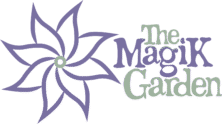
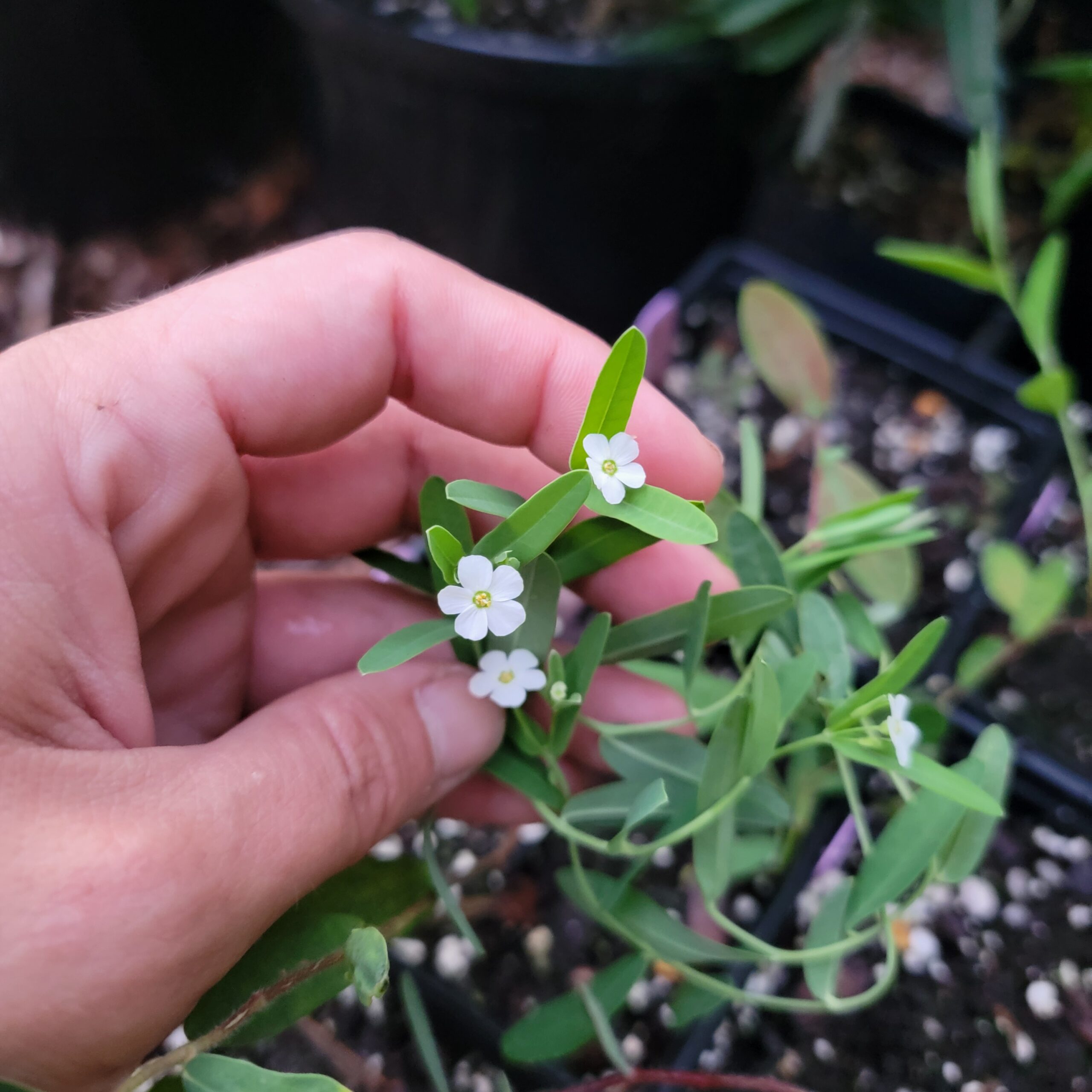
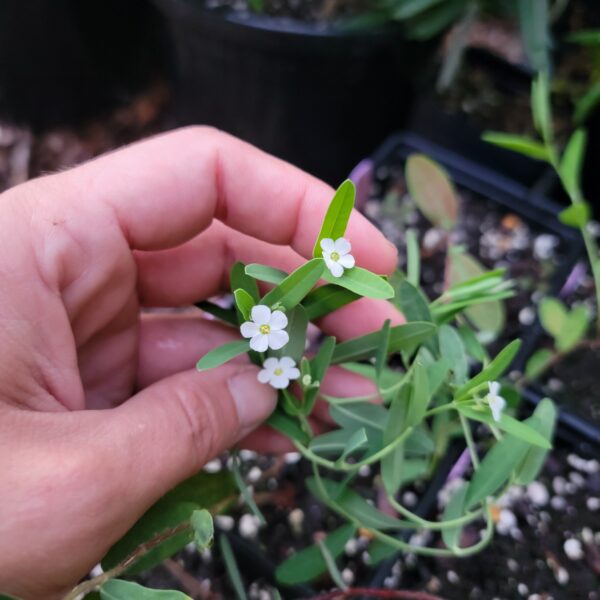



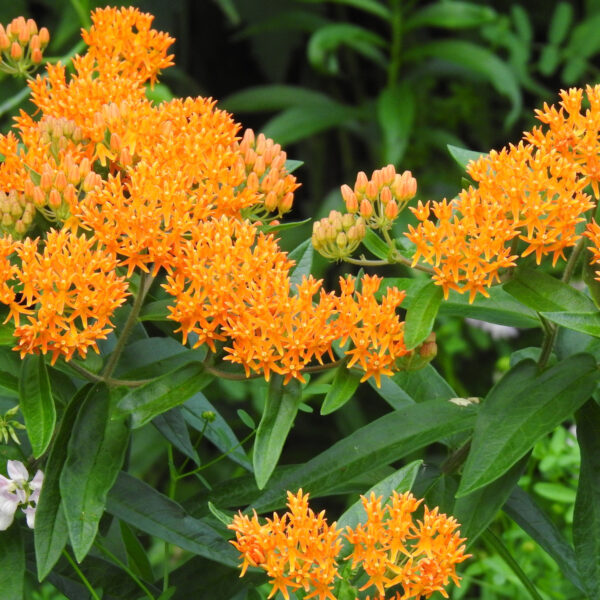


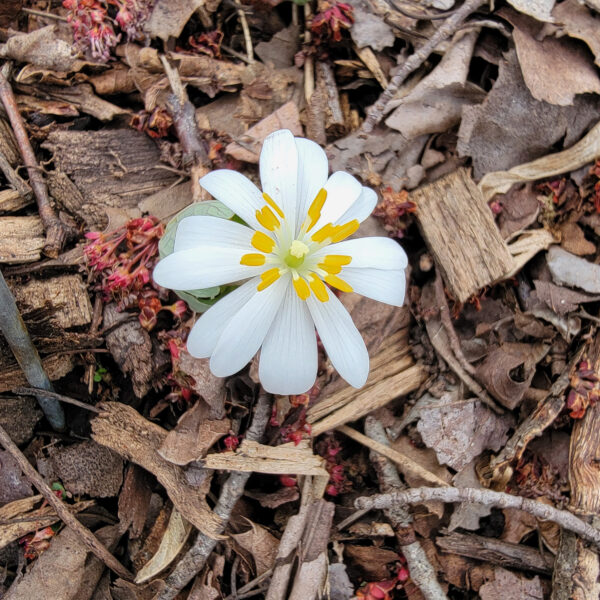

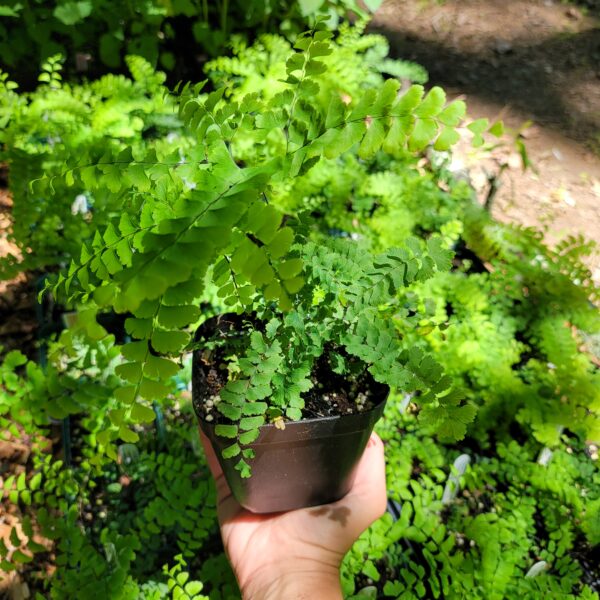

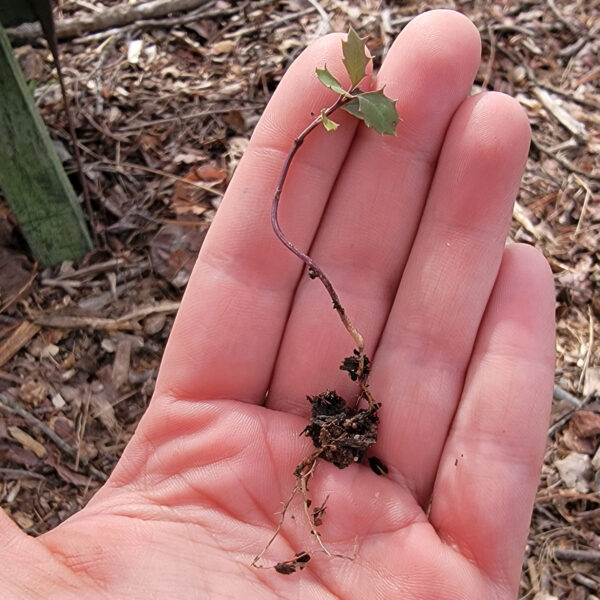

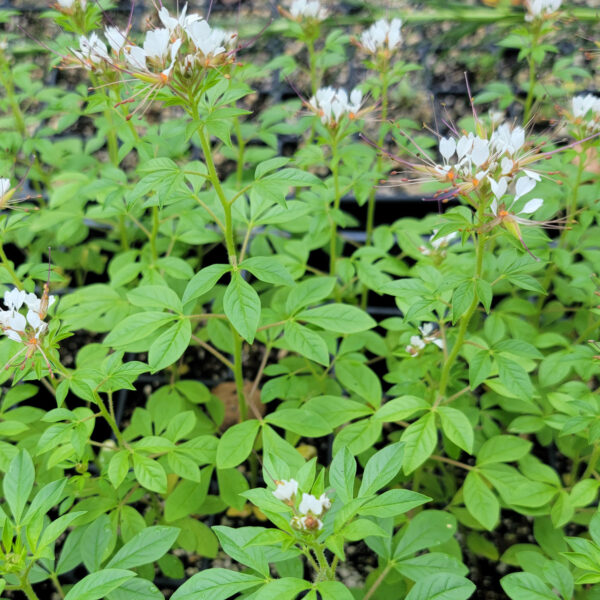







Reviews
There are no reviews yet.